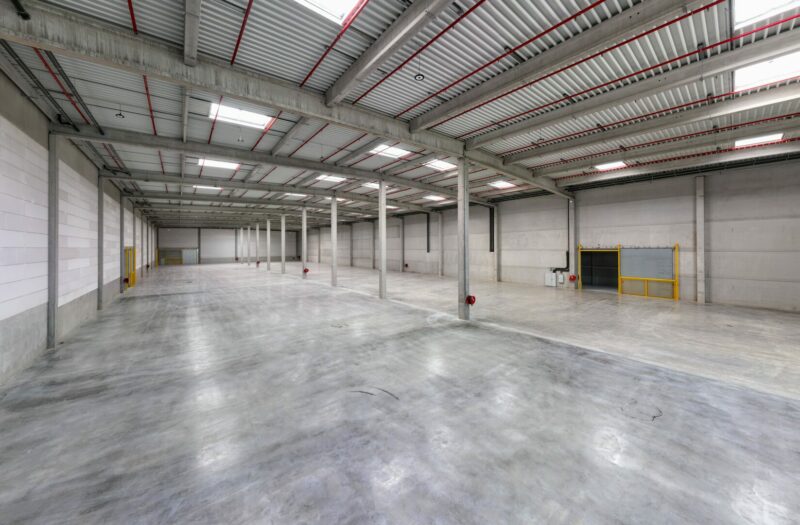Fire safety in warehouses: a constraint or an obligation?
With racks more than 12 metres high, loaded with raw materials, semi-finished or finished products, industrial and logistics warehouses contain considerable financial value, which can run into the hundreds of thousands of euros. In a nightmare scenario, this stock – along with the boxes, packaging, wood, pallets, plastics, etc. used to store it – can suddenly turn into fuel. It is therefore imperative to take precautionary measures in the event of a fire, as it would have a major impact on the entire industrial manufacturing or distribution network.
1. Fire prevention regulations
Prevention regulations aim to minimise fire-related risks and their potential damage. In France, the decree of 5 August 2022 sets out the basic principles for warehouses. They include compartmentalisation, smoke extraction and automatic extinguishing. This regulation spells out the requirements that serve both as guidelines for good practices and as a set of obligations to be met. Before building or renovating a warehouse, it is necessary to demonstrate that heat flows are under control. Our fire analysis engineers study the origin and progression of a fire, enabling them to simulate the repercussions within the building. This simulation helps to determine the appropriate detection systems and the type of smoke extraction to be used. To do this, it is crucial to calculate the structural elements specific to the warehouse.
The decree stipulates that warehouses must be partitioned into units of 6,000 m² max, separated by firewalls with a resistance time of two hours. In practice, this compartmentalisation means partitioning storage units with floor-to-ceiling walls and creating secure passageways between these cells. These walls insulate the premises from the spread of hot fumes, flames and heat in the lower part of a warehouse and contain the fire in a defined perimeter, preventing it from spreading to the other units. By adding a sprinkler system, we obtain a fire curtain with a resistance of two hours, reducing the passage of heat. In the upper part of a warehouse, compartmentalisation can be reinforced by the use of a containment system, acting as reservoirs for fumes and channelling them to the roof vents.
2. Sprinklers in action : the key to fast & effective extinguishing
In the event of a fire, in addition to evacuating staff and calling for help, the priority is to extinguish it quickly. This is where automatic extinguishing systems come into their own.
In logistics and industrial warehouses, sprinklers remain the predominant solution. Statistics show that around 80% of fires are controlled or extinguished with fewer than five sprinklers, while 90% of outbreaks are brought under control thanks to these systems. Generally installed in a network on the ceiling of the areas to be protected, these systems react automatically as soon as the heat becomes critical. Activation breaks a bulb or melts a fuse, releasing the constant pressure of water in the pipe to which the extinguisher is connected. This water is then projected onto the inflamed area via the sprinkler head. Opening this head causes a drop in pressure, activating a hydraulic gong that triggers the alarm. All this happens automatically!



